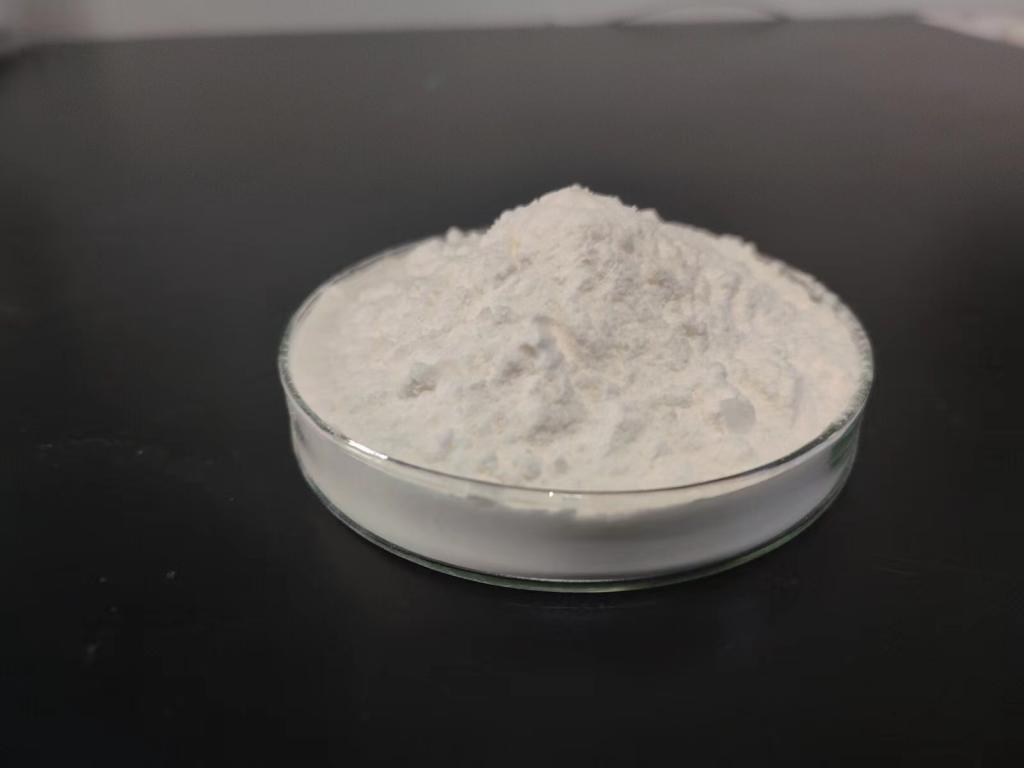Tel:0086 18231198596

News
Current Position:
Home >
News
>Consumer education about the benefits and safety of ε-Polylysine hydrochloride.
Consumer education about the benefits and safety of ε-Polylysine hydrochloride.
TIME:2024-04-12
Understanding ε-Polylysine Hydrochloride:
ε-Polylysine hydrochloride is a polypeptide derived from microbial fermentation, primarily produced by strains of Streptomyces albulus. It consists of multiple lysine residues linked by peptide bonds and is water-soluble. Due to its cationic nature, ε-Polylysine hydrochloride exhibits antimicrobial activity against a broad spectrum of bacteria and fungi, making it an effective preservative for various food products. Its safety for human consumption has been established through extensive toxicological studies, leading to regulatory approvals for use as a food additive in many countries.
Benefits of ε-Polylysine Hydrochloride in Food Preservation:
ε-Polylysine hydrochloride offers several advantages as a food preservative. Firstly, it inhibits the growth of spoilage microorganisms, extending the shelf life of perishable food products such as dairy, meat, seafood, and beverages. By controlling microbial proliferation, ε-Polylysine hydrochloride helps maintain food quality, freshness, and safety throughout storage and distribution. Additionally, its natural origin and biodegradability align with consumer preferences for clean-label ingredients and environmentally friendly food production practices.
Safety Considerations and Regulatory Approval:
The safety of ε-Polylysine hydrochloride as a food additive has been rigorously evaluated by regulatory agencies worldwide, including the U.S. Food and Drug Administration (FDA) and the European Food Safety Authority (EFSA). Toxicological studies have demonstrated its low toxicity profile, absence of genotoxicity, and negligible allergenic potential. Based on these assessments, ε-Polylysine hydrochloride has received regulatory approvals for use as a preservative in various food categories, further supporting its safety and suitability for human consumption.
Consumer Perception and Misconceptions:
Despite its regulatory approvals and safety profile, consumer perception of ε-Polylysine hydrochloride may be influenced by misconceptions surrounding synthetic additives and unfamiliar ingredients. Some consumers may harbor concerns about potential health risks or adverse effects associated with the consumption of preservatives. Addressing these misconceptions requires transparent communication and accurate information regarding the safety, efficacy, and benefits of ε-Polylysine hydrochloride as a food preservative.
The Role of Consumer Education:
Consumer education plays a pivotal role in shaping perceptions and attitudes towards food preservatives like ε-Polylysine hydrochloride. By providing accessible and credible information, consumers can make informed decisions based on scientific evidence and risk assessments. Educational initiatives may include public awareness campaigns, educational materials, online resources, and labeling initiatives that highlight the benefits, safety, and regulatory status of ε-Polylysine hydrochloride in food products. Engaging with consumers through various channels allows for transparent communication and fosters trust in the food supply chain.
Addressing Consumer Concerns and Questions:
Consumer education efforts should address common concerns and questions regarding the use of ε-Polylysine hydrochloride in food products. This includes clarifying its natural origin, safety evaluations, mode of action, and specific applications in food preservation. Providing information on regulatory oversight, labeling requirements, and risk assessments helps alleviate consumer apprehensions and instills confidence in the safety and efficacy of ε-Polylysine hydrochloride as a preservative.
Collaboration and Engagement:
Successful consumer education initiatives require collaboration among stakeholders across the food industry, including manufacturers, retailers, regulatory agencies, consumer advocacy groups, and health professionals. By working together, these stakeholders can develop educational materials, guidelines, and best practices that promote greater understanding and acceptance of ε-Polylysine hydrochloride as a food preservative. Engaging with consumers through transparent communication channels fosters dialogue, builds trust, and empowers individuals to make informed choices about the foods they consume.
Future Perspectives:
As consumer preferences evolve and demand for natural food preservatives grows, the importance of consumer education becomes increasingly apparent. Future efforts should focus on expanding outreach, tailoring messages to diverse consumer segments, and leveraging digital platforms to disseminate information effectively. By empowering consumers with knowledge and understanding, we can foster greater acceptance and trust in the use of ε-Polylysine hydrochloride and other innovative preservatives, ultimately promoting food safety, quality, and sustainability.
Conclusion:
Consumer education is a critical component of promoting acceptance and trust in the use of ε-Polylysine hydrochloride as a food preservative. By providing accurate information on its benefits, safety, and regulatory status, consumers can make informed decisions and appreciate the role of ε-Polylysine hydrochloride in preserving food quality and safety. Collaboration among stakeholders is essential to developing comprehensive educational initiatives that address consumer concerns, build trust, and promote responsible consumption practices. With transparent communication and engagement, we can empower consumers to embrace innovative preservatives like ε-Polylysine hydrochloride and contribute to a more sustainable and resilient food supply chain.

 CONTACT
CONTACT




